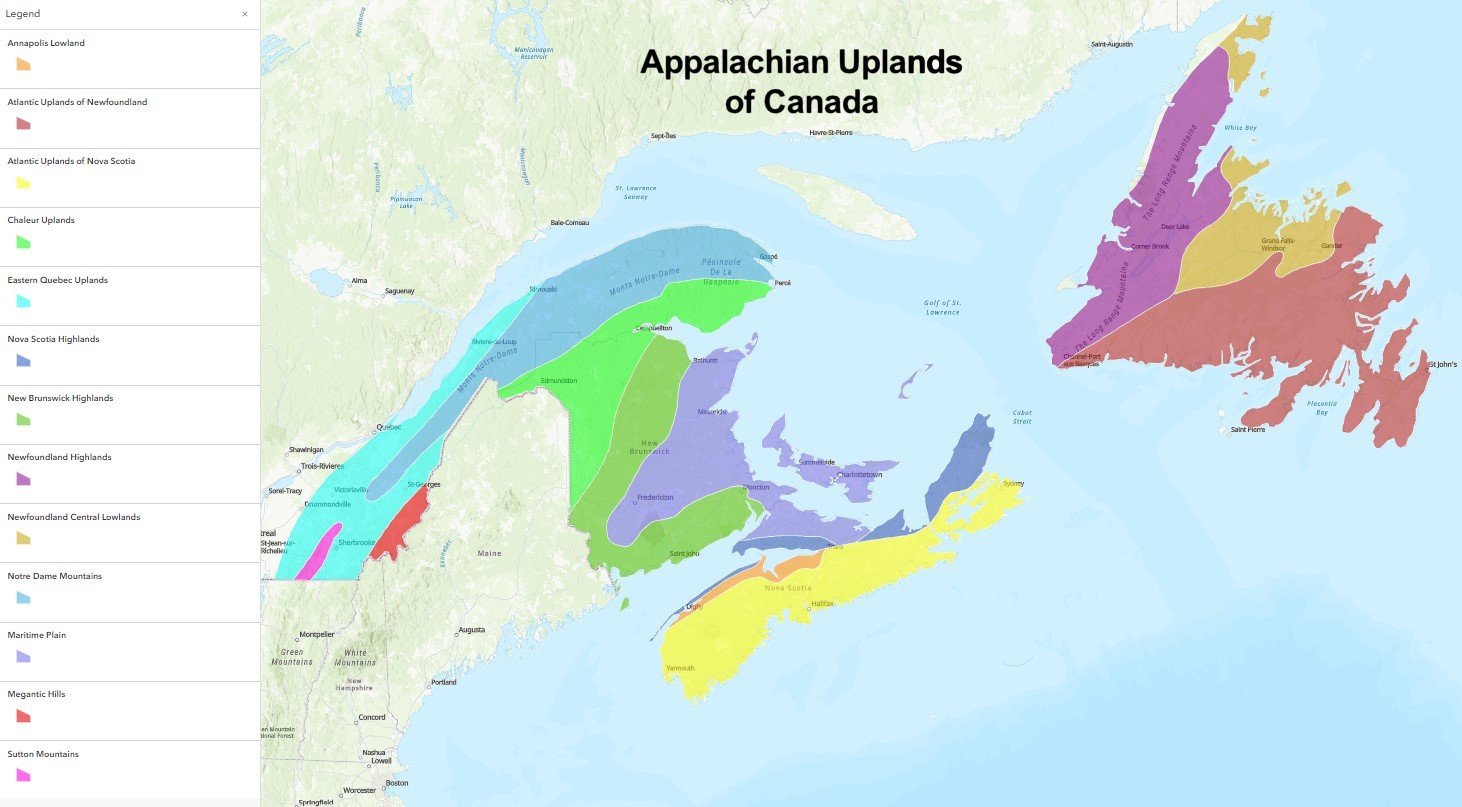The Appalachian Trail represents a 2,190-mile wilderness corridor traversing 14 states, offering hikers an unparalleled journey through diverse landscapes, challenging terrains, and breathtaking natural environments. Understanding precise access points, navigation strategies, and trail regulations is crucial for successful exploration of this iconic American hiking destination.
What Are the Primary Access Points for Appalachian Trail?

The Appalachian Trail offers multiple strategic entry points across its extensive route, enabling hikers of varying skill levels to experience its magnificent terrain. Key access regions include:
Northeast Region Access
- New Hampshire’s White Mountains
- Maine’s Baxter State Park
- Vermont’s Green Mountain Sections
Mid-Atlantic Access Points
- Pennsylvania’s Cumberland Valley
- New Jersey’s Delaware Water Gap
- Maryland’s South Mountain Area
Southern Region Entry
- Georgia’s Springer Mountain
- North Carolina’s Great Smoky Mountains
- Tennessee’s Roan Highlands
How Can Hikers Prepare for Trail Navigation?

Essential Preparation Strategies
- Mapping Resources
- Download GPS tracks
- Utilize interactive trail maps
-
Acquire detailed topographical guides
-
Navigation Tools
- Smartphone GPS applications
- Physical trail maps
- Compass and backup navigation devices
Recommended Navigation Equipment
| Equipment | Purpose | Recommended Brands |
|---|---|---|
| GPS Device | Precise Location Tracking | Garmin, Suunto |
| Offline Maps | No Signal Areas | AllTrails, Gaia GPS |
| Satellite Communicator | Emergency Communication | SPOT, Garmin InReach |
What Permits Are Required for Access Hike Appalachian?
Permit Requirements by Region
- Great Smoky Mountains National Park: Backcountry permit required
- Shenandoah National Park: Camping permits necessary
- Maine’s Baxter State Park: Advanced reservation recommended
Seasonal Considerations
Permit requirements and availability vary significantly between:
– Thru-hiking seasons (March-September)
– Off-peak hiking periods
– Winter expedition access
What Safety Protocols Should Hikers Follow?
Critical Safety Recommendations
- Register travel plans with local ranger stations
- Carry emergency communication devices
- Pack appropriate survival gear
- Understand local wildlife interaction protocols
- Check weather conditions before departure
How to Select Appropriate Trail Sections?
Trail Difficulty Assessment
- Beginner Trails: Cumberland Valley, Southern Pennsylvania
- Intermediate Sections: Shenandoah National Park
- Advanced Routes: White Mountains, Maine’s Wilderness
Recommended Training
- Physical conditioning
- Navigation skill development
- Wilderness survival workshops
- First aid certification
What Are Transportation and Logistics Considerations?
Access and Transportation Options
- Public Transportation
- Shuttle services near major trailheads
- Regional bus connections
-
Hiker-friendly town transportation
-
Parking Facilities
- Designated trailhead parking areas
- Secure parking zones
- Shuttle pickup locations
Additional Recommendations
- Always check current trail conditions
- Maintain flexible hiking plans
- Respect local environmental regulations
- Engage with hiking communities for real-time insights
Pro Tip: Consider joining local hiking groups or online forums for the most current access hike Appalachian Trail information and community recommendations.
Final Preparedness Checklist
- ✓ Comprehensive trail maps
- ✓ Updated navigation tools
- ✓ Required permits
- ✓ Emergency communication device
- ✓ Appropriate hiking gear
Reference:
– Appalachian Trail Conservancy
– National Park Service Trail Information
– USDA Forest Service Trail Guidelines

